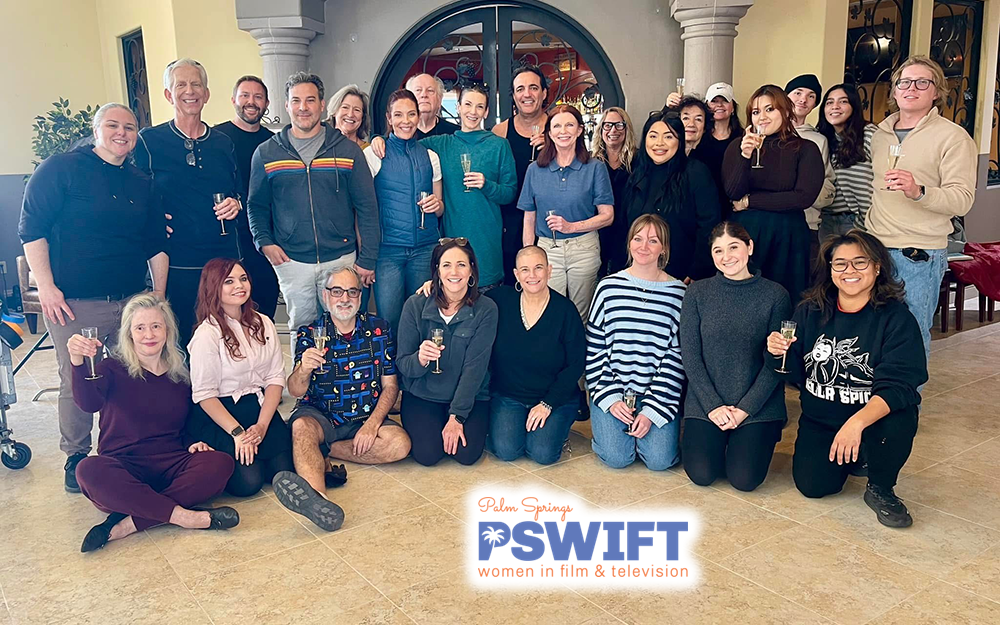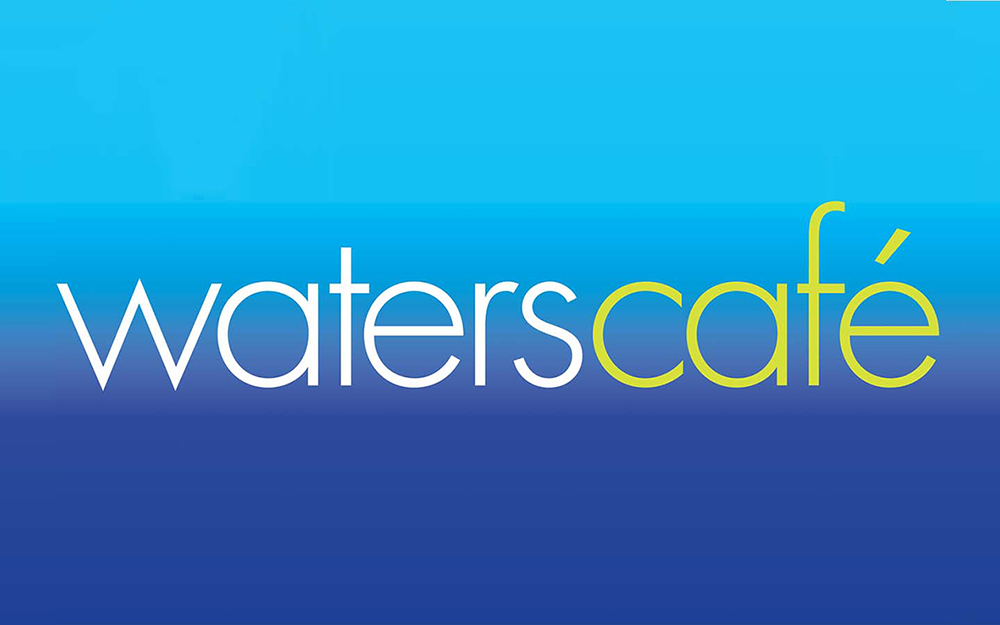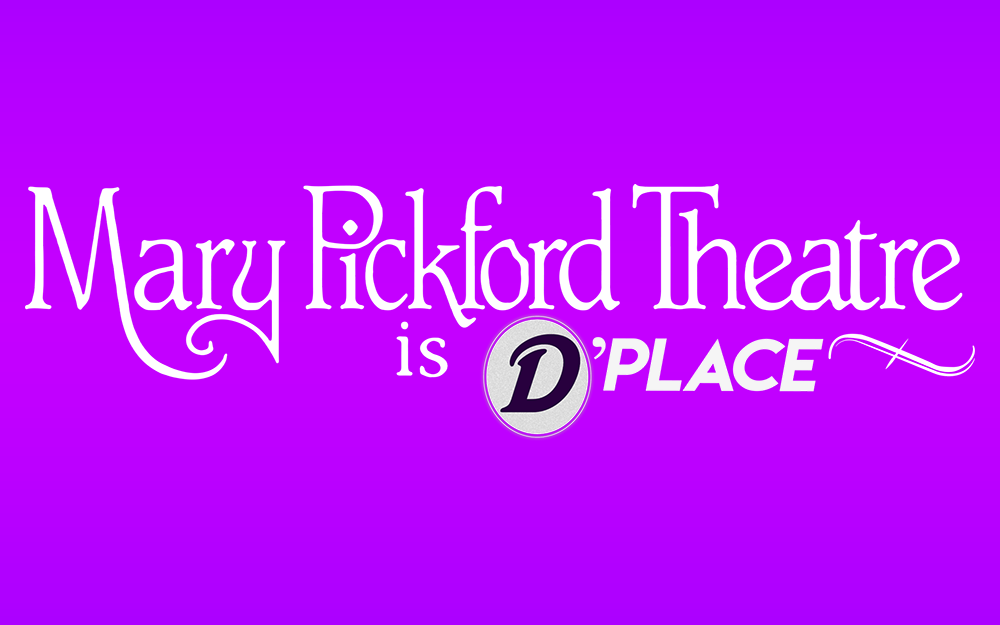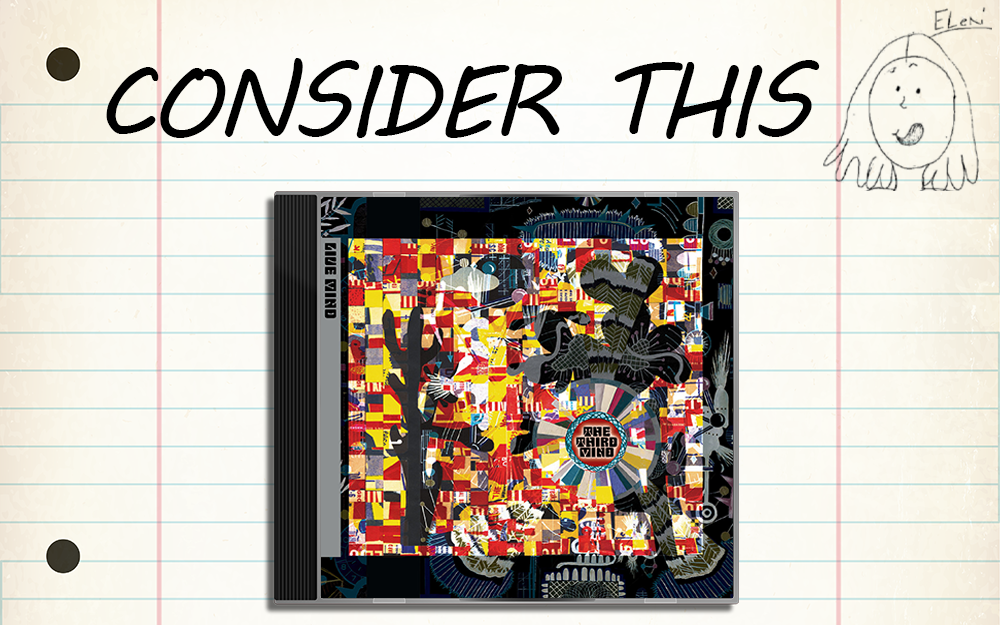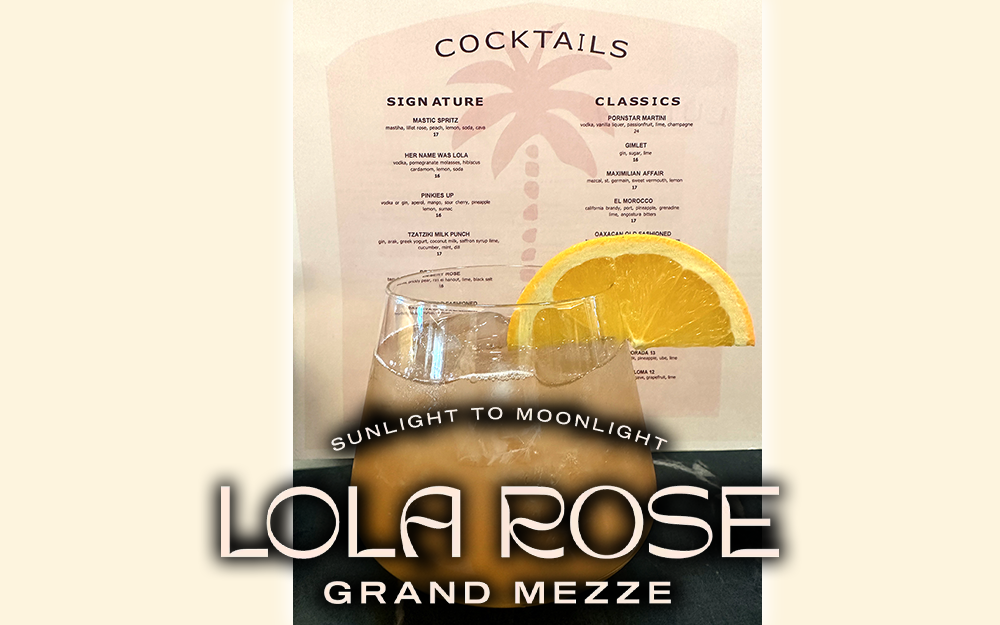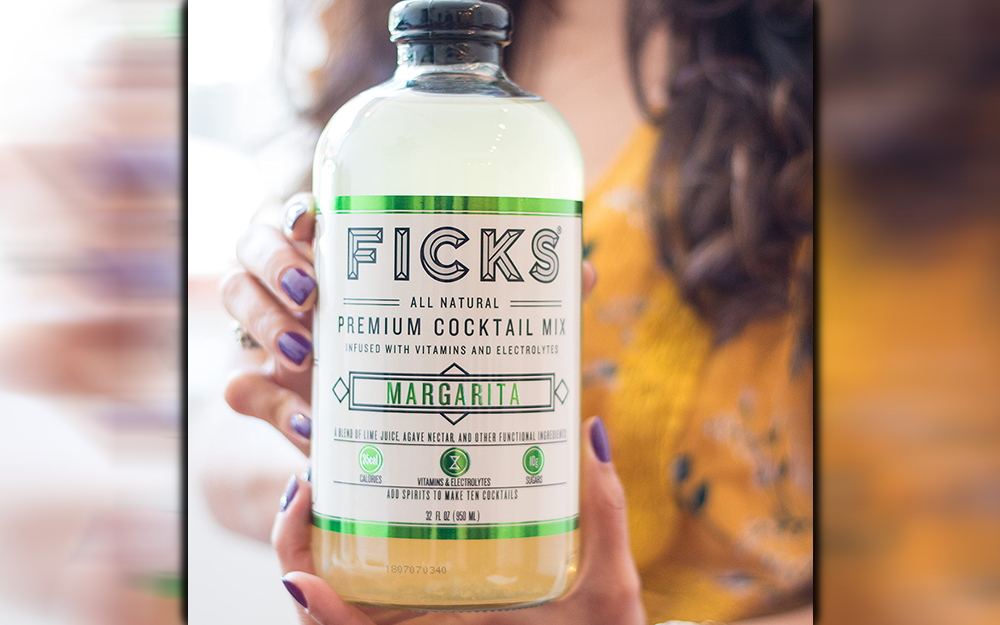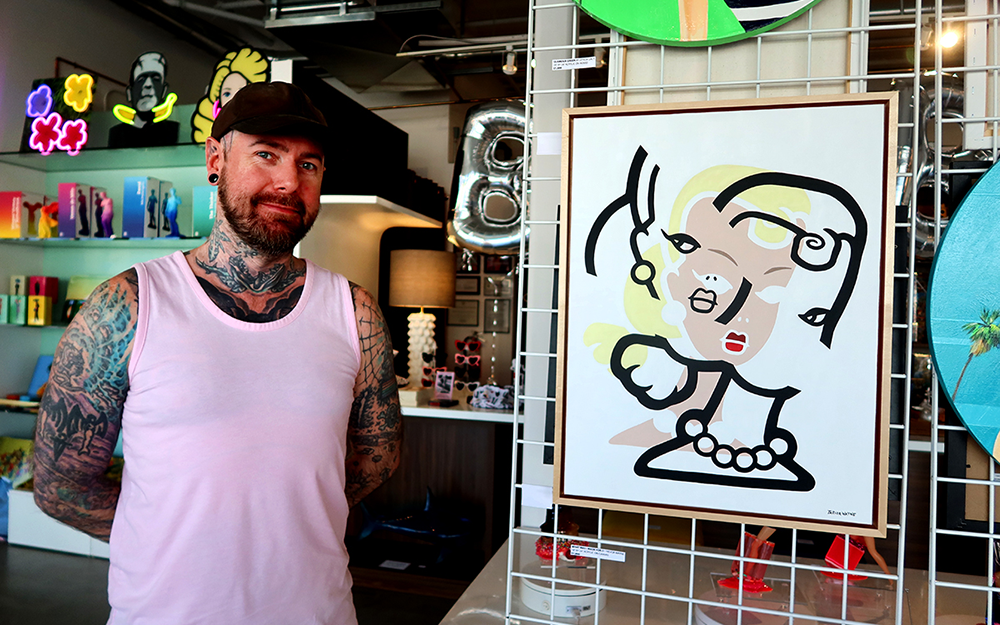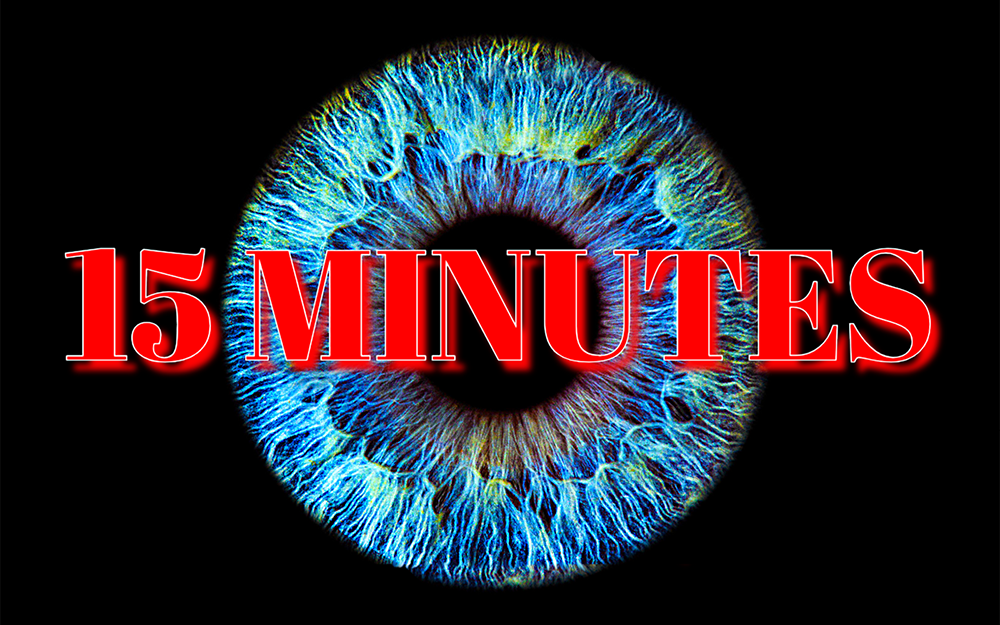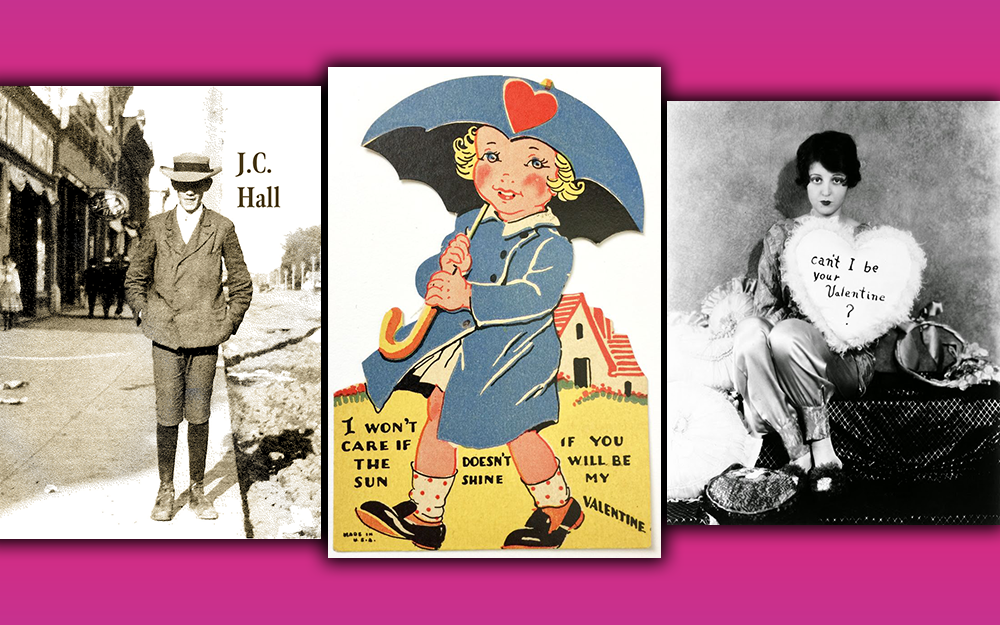
By Haddon Libby
Just over half of Americans will celebrate Valentine’s Day this year.
This lover’s holiday finds its roots in the ancient Roman festival of Lupercalia. Originally named Februa, the festival was meant to promote health and fertility.
Over time, the ancient Roman celebration was replaced by Christian martyr, St. Valentine. St. Valentine was imprisoned and eventually executed for performing marriages against the orders of Emperor Claudius II. Claudius thought that men were better soldiers if they were single and banned marriages prior to combat.
Connecting Valentine’s Day with romantic love appears to be a creation of the Middle Ages (14th and 15th centuries). Geoffrey Chaucer is thought to be the first to write of the holiday in 1382 in Parliament of Fowls, a story about birds picking mates. He wrote this to honor the first anniversary of the engagement of a 15-year-old King Richard II of England to 15-year-old Anne of Bohemia.
The first valentine note appears to have been written by Charles, the Duke of Orleans in 1415. His Valentine’s poem was penned for his wife while imprisoned in the Tower of London.
The exchanging of Valentine’s cards began in the 18th century. Back then, cards were handmade and hand-decorated with romantic symbols and poetry passages. Often these notes would be slipped under a door whereupon the receiver had to figure out who their secret admirer was.
In the United States, the giving of Valentine’s Day cards became widespread about 100 years ago. Its popularity is thanks to the Hall Brothers of Kansas City, Missouri. Now known as Hallmark, the company was the brainchild of 19-year-old Joyce Clyde Hall. Born to a travelling Methodist minister, his parents divorced, a rarity back then. By the age of seven, his father died. Just one year later as his mother struggled to pay the bills, JC Hall began a career as a door-to-door salesman for a company that would later become Avon Products.
By 1905 when Hall was just 14 years old, the Hall family invested $540 to buy picture postcards from Europe. Those postcards were resold to other merchants around Kansas City.
Within five years, JC Hall and his brothers moved to Kansas City in order to expand their business. The brothers eventually earned enough to build a storefront.
In 1915, tragedy struck the business as a fire broke out destroying all of their postcard inventory. With the loss of product, the brothers decided to buy engraving machines and begin creating their own greeting cards. At this point, the business began to flourish. By 1928, the Hill Brothers introduced the idea of Hallmark Cards and began advertising nationally.
Founding brother, JC Hall, ran the company until 1966 when his son Donald Hall took over. His son, Donald Hall Jr. is the current Executive Chairman.
Professional management now runs the 115 year old company. With annual sales in excess of $5 billion, the company has diversified beyond greeting cards and into ventures like the Hallmark Channel, Crayola Crayons, Keepsake Ornaments, a 7% stake in a Malaysian news channel and other businesses.
For 2025, estimates project $1.4 billion to be spent by Americans on Valentine’s Day cards. For comparison, $6.5 billion is expected to be spent on jewelry, $5.4 billion dining out and $4 billion on flowers.
Overall, Americans are expected to spend $27.5 billion on Valentine’s Day this year. This averages out to a wallet-stretching $189 per person. For comparison, people in Hong Kong spend $100, while those in the United Kingdom spend $75, Japan $55 and France $40. Some Christians shun the holiday due to its pagan Roman roots. Islam ignores the holiday as it is a Western creation.
Haddon Libby is the founder and Chief Investment Officer of Winslow Drake Investment Management, a RIA firm. For more information on our services, please visit www.WinslowDrake.com.





